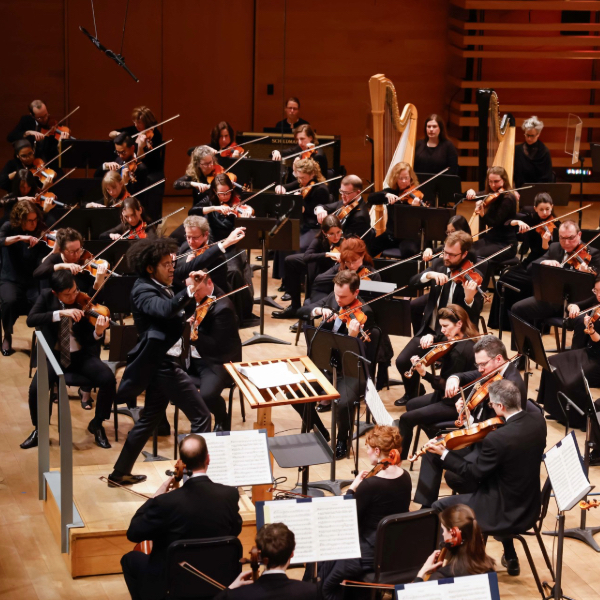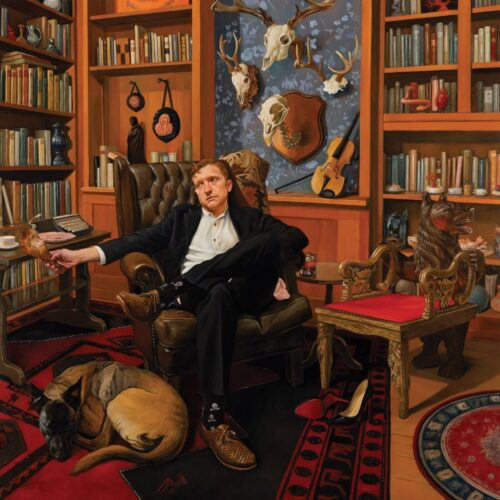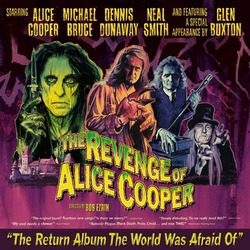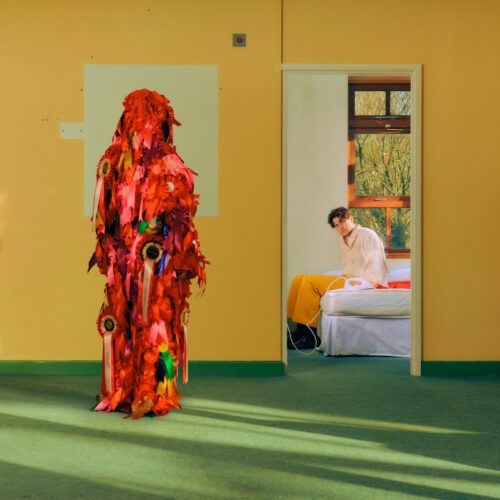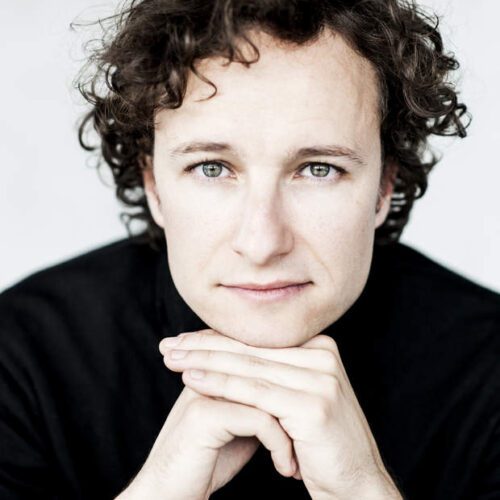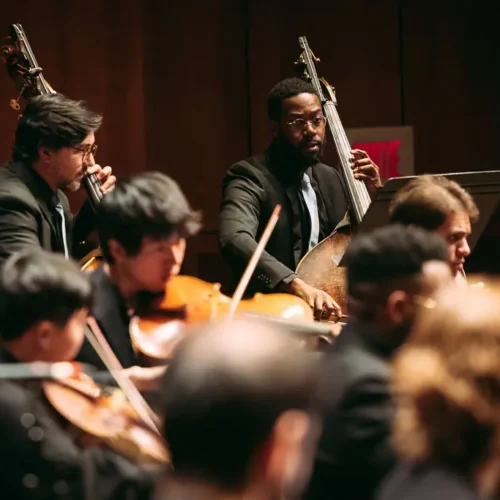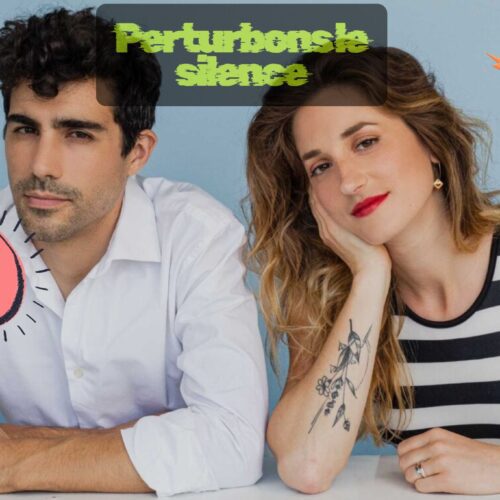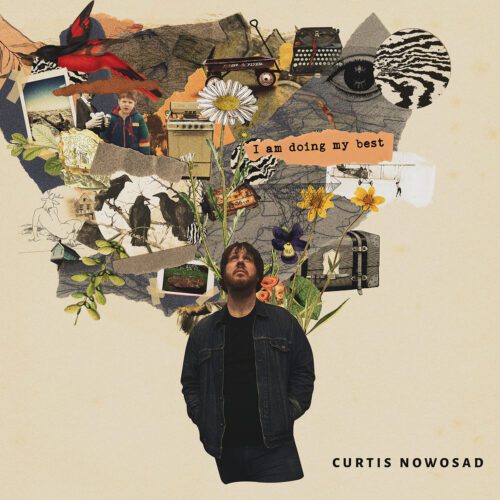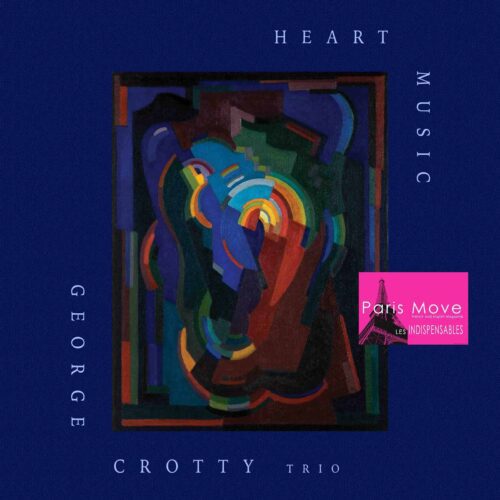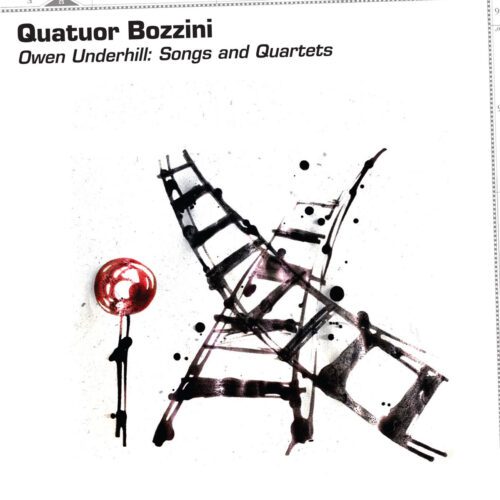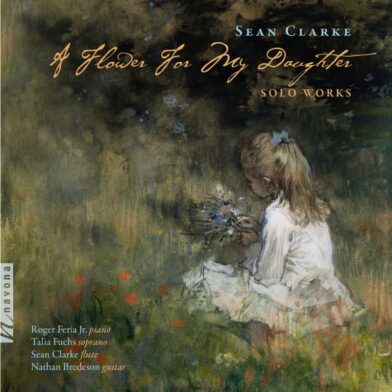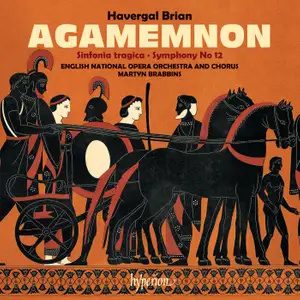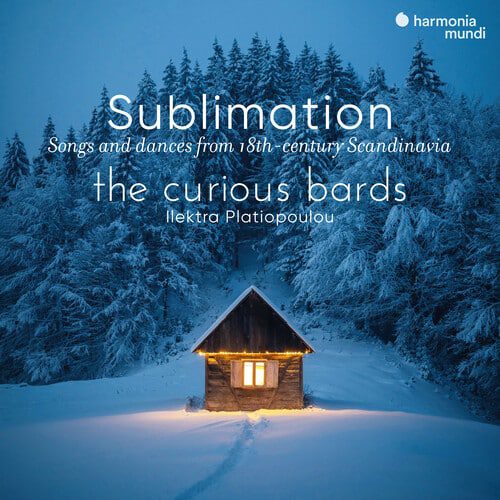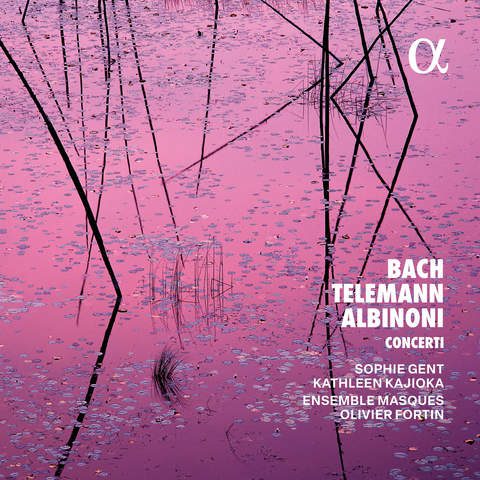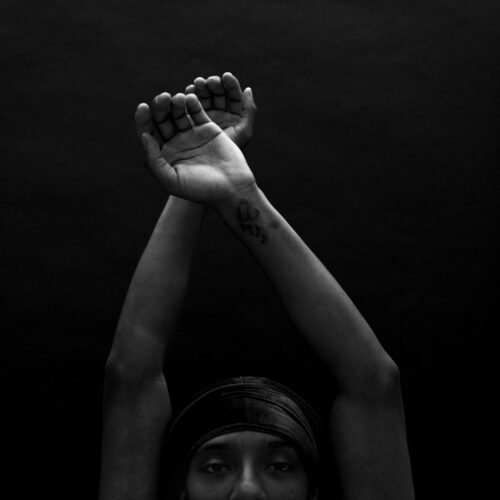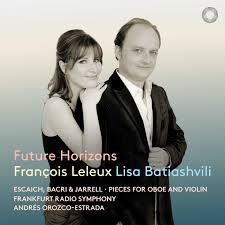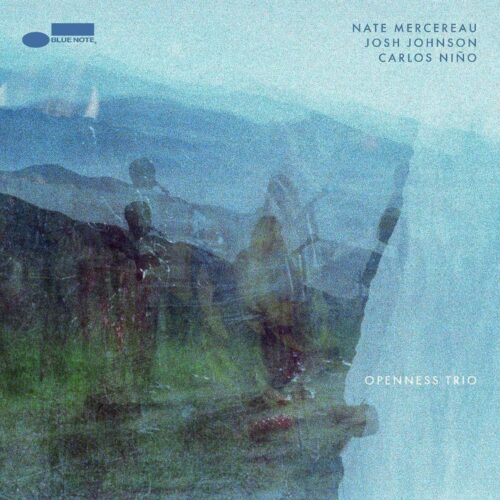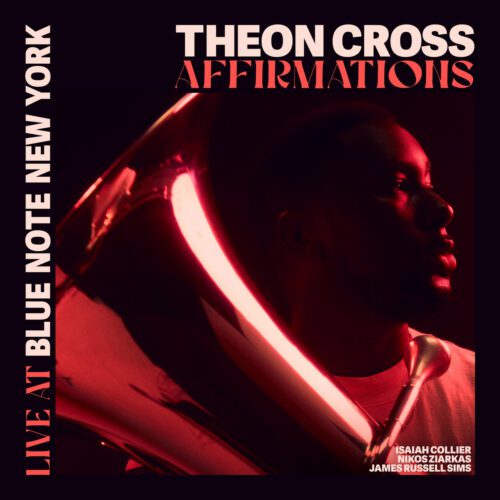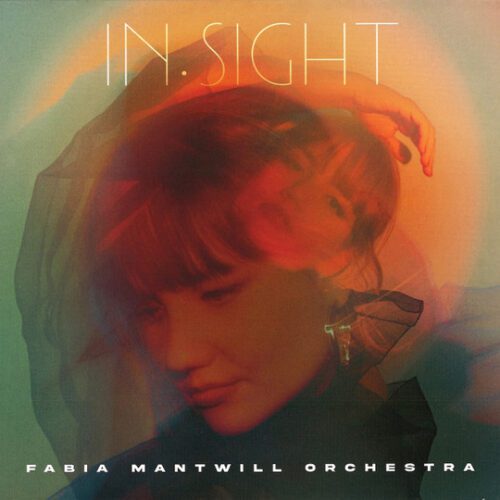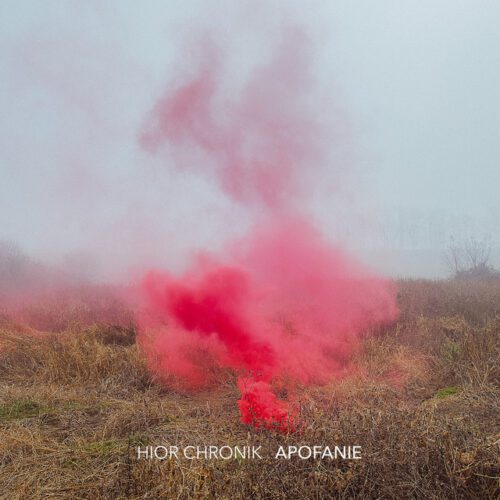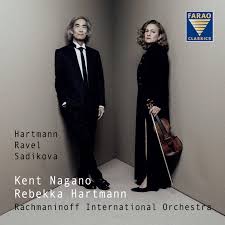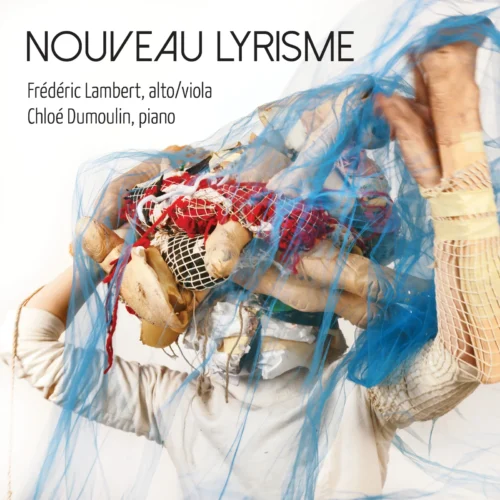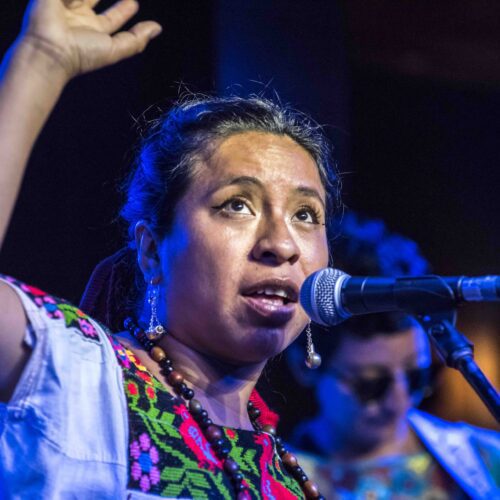There are moments when you feel privileged to be where you are. Such was the case on Wednesday evening at the Maison symphonique. I think the feeling was mutual, at least if I’m to judge by the encore given by violinist Sergey Khachatryan, who gave a superb performance of Tchaikovsky’s Violin Concerto in D major, Op. 35.
The orchestra provided a setting in which he could express his sincerity, as when the flutes pick up at the end of his very personal cadenza, or again in the opening bars, as the strings introduce the solo violin.
The reminder is a piece by Grigor Narekatsi, a 10th-century Armenian mystic poet and saint of the Armenian Apostolic Church. In 2015, in commemoration of the 100th anniversary of the Armenian genocide, Pope Francis declared St. Gregory of Narek (Frenchized name), Doctor of the Church, the 36th, for his timeless writings. Timeless, Havoun, havoun is. More than 1,000 years apart, his play resonates.
After intermission, Payare and the OSM attack Shostakovich’s Symphony No. 11, Op. 103 “The Year 1905”. 11 young instrumentalists from Montreal’s Conservatory, McGill, and Université de Montréal music schools join the orchestra for the occasion. Knowing the history of this symphony is the key to fully appreciating it because it’s not the kind of piece you listen to while preparing a chickpea salad on Monday morning before catching the metro. The program notes are illuminating. Symphony No. 11 is intimately linked to the history of Russia, and later the Soviet Union, both in its writing and its reception by the regime. With the USSR having decreed Shostakovich’s music an enemy of the workers in the aftermath of the Second World War, new compositions had to wait until the 1950s. Composed at the beginning of 1957, Shostakovich recounts in music the popular uprising of 1905 against the Russian Empire.
The first movement, “Palace Square”, opens with a hostile winter scene, where bloody repression soon unfolds. Military snare drums, bugles, and folk song illustrations are all sound manifestations of the violence of the repression. The second movement evokes Red Sunday, and here again, Shostakovich uses musical material to depict the horror of the massacre and the desolation of death. The third movement, “Eternal Memory”, is reminiscent of the Revolutionaries’ Funeral March. As for the Finale, “Tocsin”, this is revolutionary fervor, characterized by trumpets and low strings, interrupted by an English horn melody, and ending with the sounds of cymbals and bells. When the music stops, you wonder what you’ve just experienced. I was moved, disturbed, and thrown to the ground. This concert embodies the human condition in all its fragility.
Photo Credit: Antoine Saito
